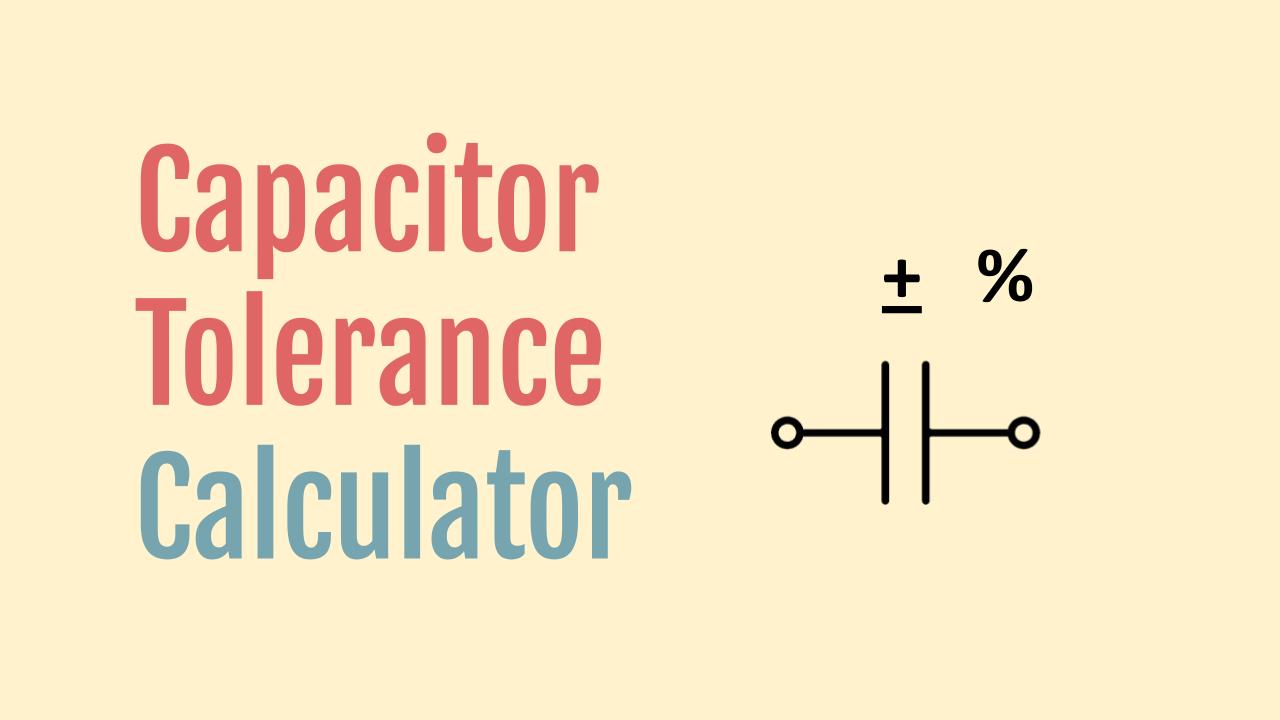This tool calculates the minimum and maximum Capacitance values from its percentage tolerance. This % number can be found from the Cap data sheet.
Calculator
Enter
- Value of the Capacitance in Farad
- % Tolerance
The tool will provide minimum and maximum impedance values
Example Calculation
A 1 mF capacitor with a tolerance of + 5% has a max value of 1.05 mF and a minimum value of 0.95 mF.
Background
Capacitor tolerance refers to the allowable deviation or variation in the capacitance value of a capacitor from its specified or nominal value. It indicates the range within which the actual capacitance of the capacitor can vary from the value stated by the manufacturer.
Tolerance is typically expressed as a percentage and represents the maximum permissible deviation of the capacitance value. For example, a capacitor with a tolerance of ±10% means that the actual capacitance can deviate by up to 10% from the nominal value specified by the manufacturer.
For instance, if you have a capacitor labeled as 100 μF with a tolerance of ±10%, the actual capacitance can vary between 90 μF (100 μF – 10%) and 110 μF (100 μF + 10%).
Use the calculator on this page to find the max and min values
Applications
Capacitor tolerance is an important consideration in circuit design, especially in applications where precise capacitance values are required for proper operation, such as in timing circuits, filters, and resonance circuits. Choosing capacitors with tighter tolerances may be necessary in such applications to ensure the desired performance and stability of the circuit.
An example of where tolerance is not as critical is in filtering at the input and output of a Linear Regulator (shown in the picture below).

Practical Tolerance Values
Common capacitor tolerance values include ±1%, ±2%, ±5%, ±10%, ±20%, among others. Capacitors with tighter tolerances (e.g. ±1%) typically come at a higher cost compared to those with looser tolerances, reflecting the precision and quality of manufacturing processes involved.
